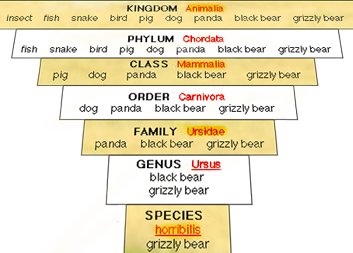Name of animal-plant: Splake
Species name: Salvelinus namaycush + fontinalis
The splake or slake (Salvelinus namaycush X Salvelinus fontinalis) is a hybrid of two fish species resulting from the crossing of a male brook trout (Salvelinus fontinalis) and a female lake trout (Salvelinus namaycush). The name itself is a portmanteau of speckled trout (another name for brook trout) and lake trout, and may have been used to describe such hybrids as early as the 1880s. Hybrids of the male lake trout with the female brook trout (the so-called “brookinaw”) have also been produced, but are not as successful. Three versions of the tiger trout hybrid (above) and one splake hybrid (below)The intrageneric hybrid is of the genus Salvelinus and, hence, is most properly known as a char or charr. In some locales, the fish is referred to as the wendigo.
Although the hybrid is genetically stable and is, theoretically, capable of reproducing, splake reproduction is extremely rare, for behavioural reasons, outside the hatchery environment. The only known natural reproduction has occurred in five lakes in Algonquin Provincial Park in Ontario, Canada and, in each case, only a handful of progeny were produced. Because splake typically do not reproduce, they are used as a sport fish in many lakes across the US. Fishery managers are able to control populations numbers due to the extremely poor spawning success rate.The fish possesses characteristics of both parent species. Splake exhibit higher growth rates than either parent species and can attain 46 cm (18 in) in length only two years after being planted as fingerlings (i.e., at 2½ years of age). By way of contrast, lacustrine brook trout would approach 25 cm (10 in) in length at a similar age and similarly aged lake trout would be expected to be less than 40 cm (16 in) long.
Animal type: FISH
A fish is any member of a group of organisms that consist of all gill-bearing aquatic craniate animals that lack limbs with digits. They form a sister group to the tunicates, together forming the olfactores. Included in this definition are the living hagfish, lampreys, and cartilaginous and bony fish, as well as various extinct related groups. Tetrapods emerged within lobe-finned fishes, so cladistically they are fish as well. However, traditionally fish are rendered paraphyletic by excluding the tetrapods (i.e., the amphibians, reptiles, birds and mammals which all descended from within the same ancestry). Because in this manner the term “fish” is defined negatively as a paraphyletic group, it is not considered a formal taxonomic grouping in systematic biology. The traditional term pisces (also ichthyes) is considered a typological, but not a phylogenetic classification.
Subcategory: freshwater
Fact:
All animals and plants are given a species name based on a technical term in biological taxnomy. The species name consists of two words and is based on Latin.
The first part of the name identifies the genus to which the species belongs and the second part identifies the species within the genus. In this animals case it is: Salvelinus namaycush + fontinalis


